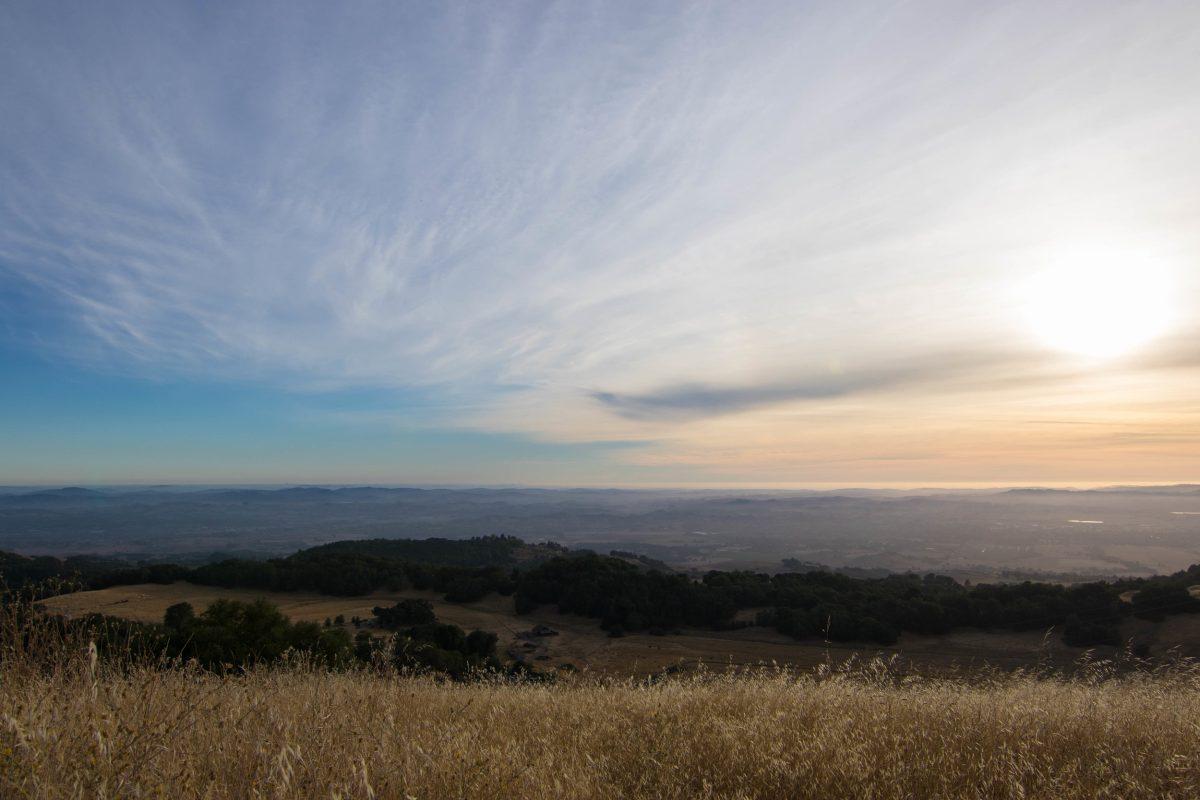Despite heavy rainfall last year, California is currently in a state of drought. However, the Sonoma County Water Agency is focusing its efforts on preparing for massive flooding within the next few years.
This may seem counterintuitive, or even paranoid, but as climate scientists learn more about the weather history of California, it seems that preparing for the unexpected may be a wise idea after all.
“California has a volatile sense of rain abundance. Some periods of two to five years are fairly wet, while some are fairly dry.” said Sonoma State University Environmental Studies and Planning lecturer John Isom.
According to Isom, California’s weather is continually oscillating between periods of several rainy years, and periods of several dry years. California is currently experiencing an extended dry spell, but soon, the climate has been predicted to revert to a succession of rainy years.
As the effects of global warming gradually increase the temperature of the region, Isom explained that both the dry and the wet weather paradigms are likely to become longer and more extreme.
It makes sense to think that the warming of the climate will contribute exclusively to the severity of the dry periods, while lessening the rainfall of the wet periods.
However, Isom explained that when air is warmer, it has the capacity to hold more moisture. Therefore, the warming of the climate is predicted to amplify both the rainy weather, and the dry weather in California.
“[The weather] is going to intensify in terms of volatility and therefore uncertainty, under most climate models,” said Isom. “So 10, 20, or 50 years from now, we are highly likely to have greater unpredictability of how much rain we can expect. Two to five-year periods of less rain might extend to three to seven, and for a state with nearly 40 million people, that’s consequential.”
Flooding is still a common problem for Sonoma County, despite the lack of substantial rainfall over the past few years.
The Russian River is especially prone to flooding. Many recorded floods in the past have shown this. One of the most well known examples is the Valentine’s Day flood of 1986, where the banks of the Russian River rose to swallow many stores and houses in the surrounding area. However, there have been countless smaller incidents of flooding in the same area since then.
As the weather is driven toward harsher extremes in the coming years, it is the responsibility of the county’s infrastructure to prepare for such flooding.
“One of the challenges that we face is not just outlier, extreme storms where we get more rain than we’ve ever recorded in the past 150 years in a day, but that those kinds of extreme events are likely to become more common.” said Isom.
The possibility of an increase in the frequency of extreme storms has prompted officials such as the Sonoma County Water Agency to begin looking for solutions in advance. The agency hopes to minimize damage caused by flooding in the future.




































